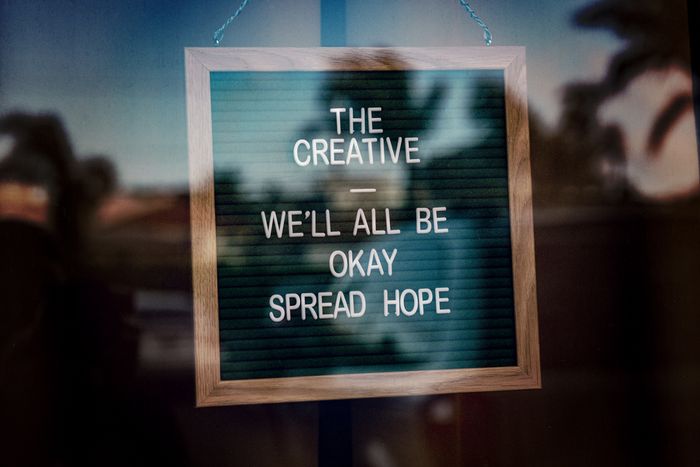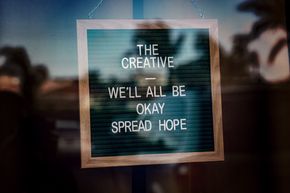In terms of likelihood, it was not supposed to happen now – the Covid-19 pandemic. According to The Global Risks Report 2020 published by the World Economic Forum, infectious diseases were not among the top ten risks with direct, massive impact on human life. However, they ranked among the top ten in terms of major impact.
The crisis triggered by the SARS-CoV-2 corona virus and the measures taken to prevent its transmission have confronted us with enormous and complex challenges, all over of the world. It yet remains to be seen how resilient our communities and societies will turn out to be and how well or how badly we will handle the many dimensions of this crisis.
Back to “normal“?
Resilience is a concept which, in view of our present experiences, is increasingly recognised as obviously relevant in many ways. In 2014, the Human Development Report, published by the United Nations Development Programme (UNDP), analysed factors which contribute to risks to human development, undermining the progress made, and it discussed the ways in which resilience could be strengthened. Meanwhile, resilience thinking has also been embraced by tourism scholars, given tourism’s particular vulnerability to crises.
Resilience of who?
However, the question of how the tourism industry or individual businesses will survive the crisis is only one possible way of looking at resilience. It focuses on sector specific crisis management, with the objective of quickly getting back to “normal”, irrespective of whether “business as usual” is what we should be wanting or how sustainable it actually was. In this rather neutral sense resilience just means “bouncing back”. Narrowly defined like this, tourism has repeatedly proven to be resilient. After terrorist attacks, natural disasters or economic slumps it soon bounced back to business as usual – including all the sustainability deficits the sector is infamous for.
Another approach often reflected in tourism research looks at the resilience of tourist destinations. It also focuses on major change caused by tourism itself, as “overtourism“ can at a small or larger scale also be so dramatic as to turn into a crisis.
Looking at resilience from a development perspective, however, we more broadly ask how communities and societies are equipped or should be equipped in order to handle crises in the best possible manner. And we look at the vulnerabilities that put communities or certain groups in a society at particular risk. Against this backdrop, tourism may be scrutinised with regard to the conditions under which it would strengthen resilience and reduce vulnerabilities and social inequality.
Resilience of what for what?
The Covid-19 crisis provides us with important insights – in fast motion and like a magnifying lens. Within a very short time and with great force it affected almost all spheres of human life, wreaked havoc and demanded solutions. We get a notion of what may lie ahead of us in the wake of other looming crises. On a positive note, however, it has also shown us that ambitious and profound public intervention is possible when there is sufficient political will, trust in public institutions, and solidarity among the people.
Unlike pandemics, many crises develop over a longer time span, including some of those which The Global Risk Report deems most likely, such as climate action failure, the dramatic loss of biodiversity and water crises. Natural disasters, human-made environmental disasters or cyber attacks may come as shocks leading to crises.
The more we lose sight of these looming crises over Covid-19, the harder they might hit us. And they may happen simultaneously and reinforce each other, e.g. when global warming releases bacteria in the Siberian perma-frost soil that had long seemed eradicated.
Resilience as transformation
What is needed in the light of the Covid-19 crisis and in the shade of many other imminent and looming crises is “transformative resilience”. It describes a system’s transformability and capacity to emerge from a crisis stronger than before. People’s participation, if previously practised at destinations, and collective learning may help to incorporate different views and find well reflected and generally accepted solutions – even when nothing seems to be the way it used to be. Cooperation, communication and trust strengthen social coherence in the transformation phase.
Apart from these and many other features of resilience formulated in the literature in an abstract manner, there are also very practical examples, e.g. from India and Iran (Links), which show that crises are easier to overcome if people do not depend on a single source of income such as tourism, but rely on different ones. A fine balance between self-sufficiency (mainly, but not only in agriculture) and links to regional and international supply and value chains helps to avoid risky dependencies.
Precautionary resilience thinking supports and complements, but does not replace sustainable development as a guiding vision. It helps to identify weaknesses and better prepare for crises. Not by focussing on “bouncing back”, but by taking every crisis as an opportunity and developing capacities to adapt and transform will resilience also help to safeguard natural resources and the livelihoods of present and future generations. In this way, resilience and sustainability go hand in hand.



